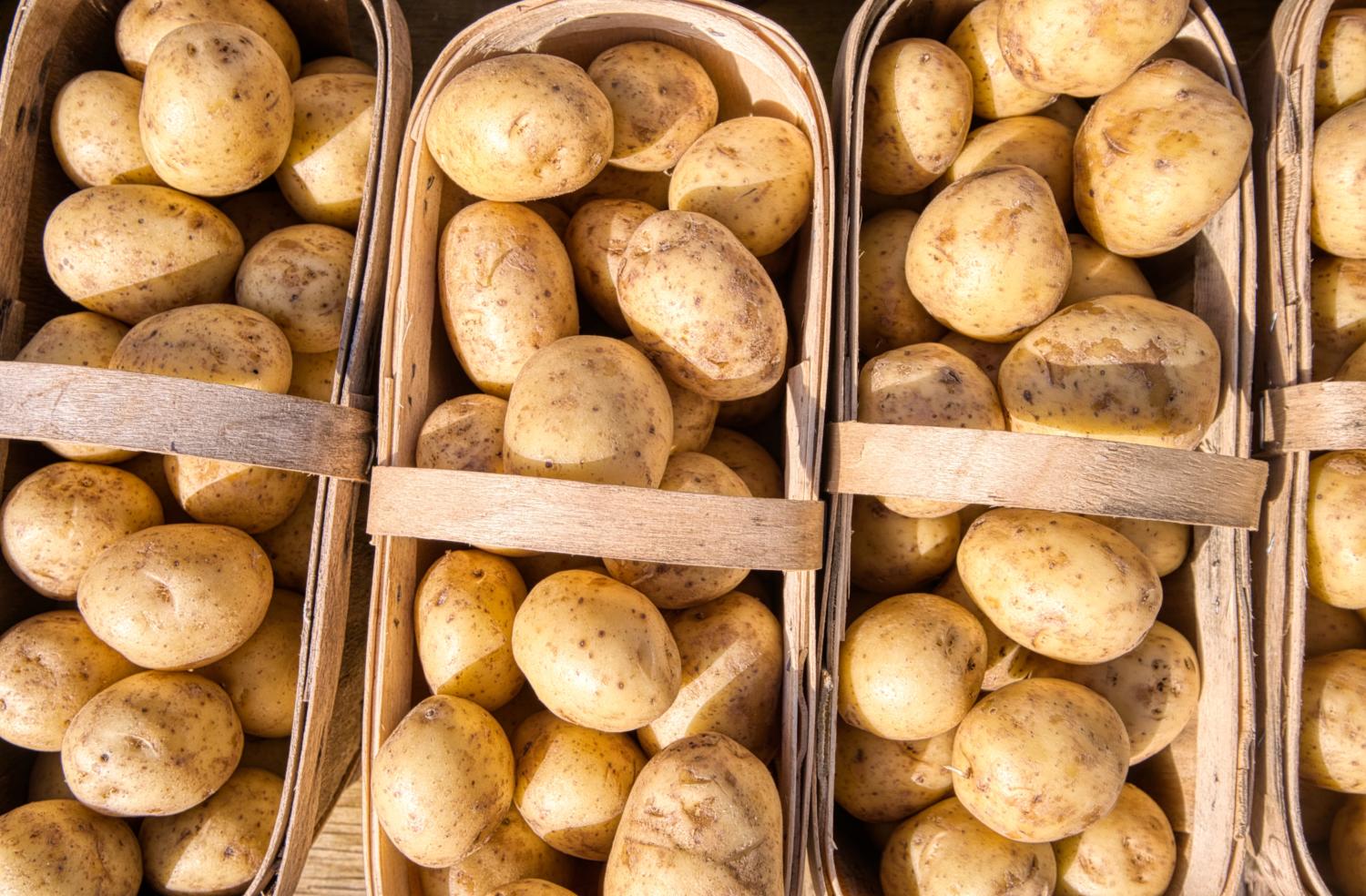By Tony Chalcraft
As I write in the last days of July, four or so weeks before you’re likely to be reading this, the first signs of blight are evident on the leaves of a few of the potato plants. Potato blight, or more accurately late blight (Latin name Phytophthora infestans), is a fungal disease that first affects the leaves, then the tubers of potatoes. Prevalent in wet and humid weather, a severe attack can quickly destroy the haulm (foliage). Blight spores from the leaves washed into the soil can then infect the tubers, turning them into smelly mush. In conditions favourable to blight, entire crops can be lost. Indeed, this is what happened in the 1840s when the disease, coupled with other factors, changed the course of Irish history.
When potato blight begins to spread rapidly, the only effective remedy on a garden scale is to cut off and remove all the haulm before the fungus can spread to the tubers. This is especially important when heavy rain occurs or is forecast. Fortunately, the blight symptoms I spotted were only incipient and the weather conditions were dry. Because of this, I decided to take no immediate action. Only if the heavens opened and the blight began to spread would the haulm be chopped down.
In any case, the few plants infected were of two second early varieties Charlotte and Kestrel planted in mid-April. By late July both types should have had enough growing time to swell the tubers to a reasonable size. Providing blight didn’t run rampant there should still be a worthwhile crop.
This is one plank of my strategy for managing potato blight, an ever-present menace to the potato growing gardener. By cultivating early and fast-maturing second early varieties, like Kestrel and Charlotte, there’s a good chance of getting a crop before blight strikes. The other way I aim to cope is by growing later maturing ‘maincrop’ varieties (types to store for the winter) with strong blight resistance. This year, that’s Alouette, Carolus, Sarpo Axona and Sarpo Mira. These varieties, especially the latter two, can be expected to shrug off blight in even the wettest conditions. Most years the haulm of the Sarpo varieties remains free of damaging levels of blight into the autumn.
If you grow potatoes on any scale I’d recommend adopting a similar approach. Relying on varieties that succumb to the slightest touch of blight, for example, the old favourite King Edward or the knobbly but popular Pink Fir Apple is a gamble. Using a mix of early maturing and blight-resistant types is far more likely to yield a crop, even in the most downpour-drenched summers.
If you want to find out more about potato blight try the Royal Horticultural Society’s blight webpage at https://www.rhs.org.uk/. This includes useful links to additional sources of information. It also covers the other crop blight affects – tomatoes. Tomatoes grown outdoors are especially susceptible to blight as by the time they start to ripen the disease is frequently rife. Unfortunately, the number of varieties with reliable resistance is far fewer than for potatoes.
PS It’s just hours since this column was written and there’s been a deluge of rain. As this is certain to ignite the blight, I’ll now be removing the foliage of those potato varieties showing signs of infection.










Add a comment